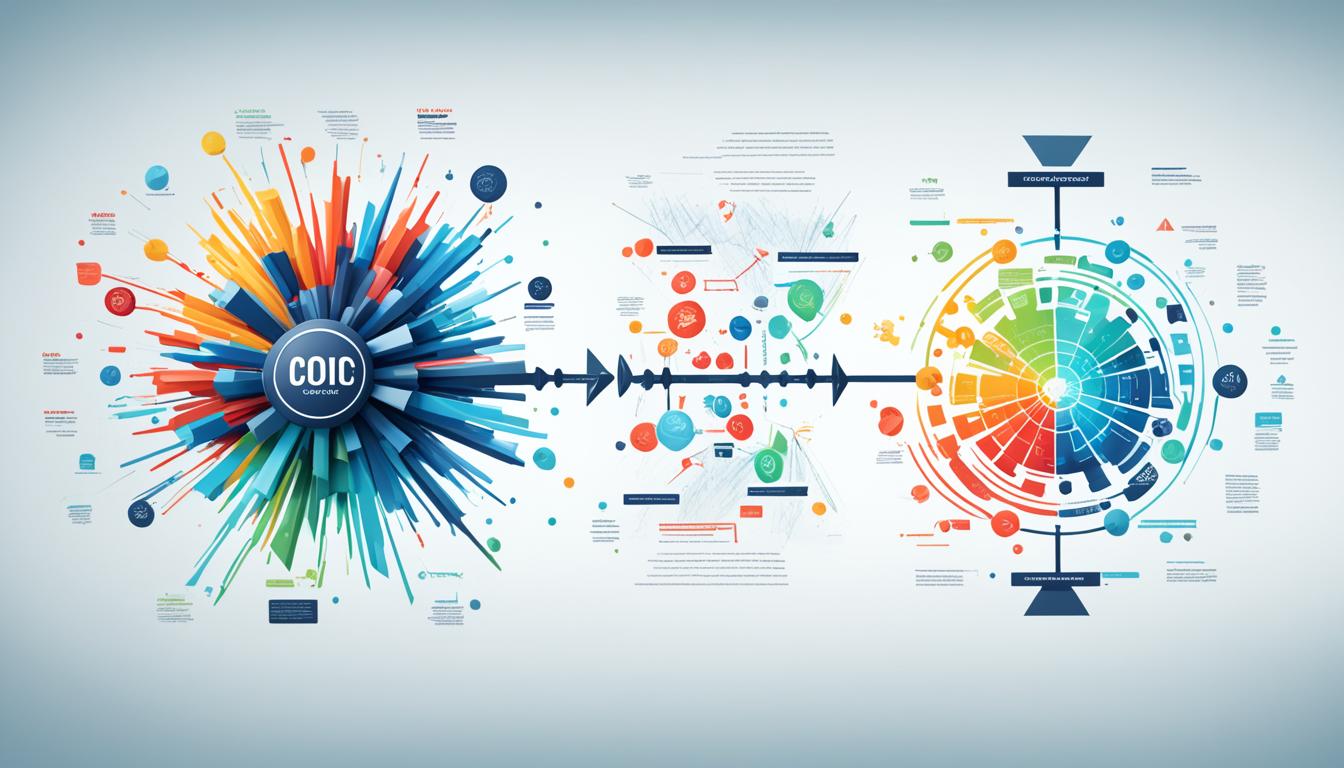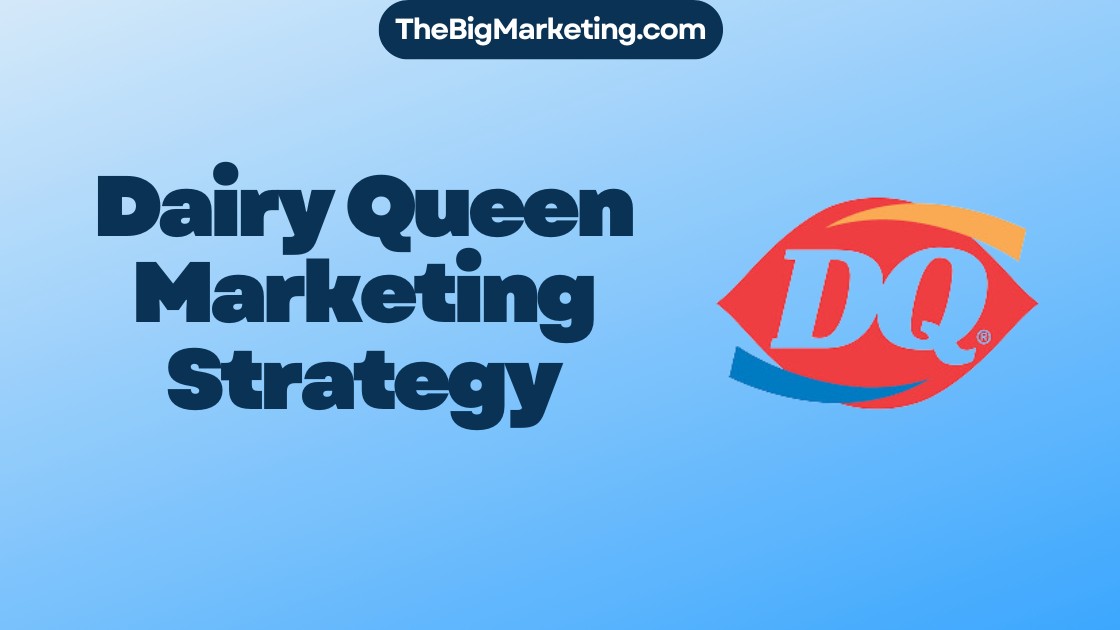Customer centric marketing places the customer at the center of marketing strategies. It aims to enhance the customer experience and create personalized marketing. By studying consumer behavior and using data, companies can focus their marketing to interest their target audience.
Creating customer loyalty programs is a main feature of this approach. These programs encourage customers to keep buying and promote the brand. This effort builds stronger connections with customers, setting a business apart in a crowded market.
For a successful customer centric strategy, businesses should outline the customer journey. This means identifying problems and looking for ways to improve. By knowing the journey from first becoming aware to after buying, companies can meet customer needs better. This results in a terrific experience for the customer.
Understanding consumer behavior is key in customer centric marketing. It involves collecting and analyzing data to understand customer likes and dislikes. With this knowledge, companies can aim their marketing more accurately. They can offer personal touches that really speak to their audience.
- Customer-centric marketing prioritizes customer needs and interests.
- Personalized marketing strategies and customer journey mapping are key components of customer centric marketing.
- Customer loyalty programs can foster brand advocacy and strengthen customer relationships.
- Consumer behavior analysis and data-driven customer insights drive targeted marketing campaigns.
- CX strategy development is crucial for delivering a seamless and personalized customer experience.
The Importance of Seeing the World from the Customer’s Point of View
To focus on customer-centric marketing, it’s crucial to see things from the customer’s view. Yet, marketers often get too wrapped up in their own world. Bill Macaitis from Salesforce saw this firsthand when his team’s leads started to drop. They decided to really understand their customers to fix this.
Macaitis’s team tried something called the Five-Second Test to see how people viewed their website. They learned their message wasn’t clear or engaging for their audience. This showed the power of direct feedback in understanding how customers see a brand.
Collecting customer feedback can be done in many ways, like quick tests, surveys, and interviews. Using these methods helps marketers get real insights from the people they’re trying to reach. This information is gold for improving marketing, products, and customer relationships.
Customer interviews are especially valuable. They let marketers hear directly from customers about their needs and problems. These talks show what customers really want and need. It helps fine-tune what a company offers them.
By truly listening to customers, marketers can make their strategies hit home. Focusing on the customer helps build lasting loyalty, deep connections, and business success.
Avoiding Tactics that Annoy Customers
It’s vital to avoid marketing tactics that push customers away and hurt your brand. Chasing short-term goals like lead generation can upset your audience. This approach may work for a while but can damage customer trust over time. It’s better to focus on what truly matters to your customers.
To measure how happy customers are, look at the Net Promoter Score (NPS). A high NPS shows that your customers like your brand enough to recommend it. Tests like aided and unaided recall assess how well people remember your brand. These measures give insights into how impactful your brand is on your customers.
Sentiment analysis helps understand how customers feel about your brand. It looks at news, social media, and feedback to gauge your brand’s image. This feedback is crucial. It points out where you need to get better. It helps fine-tune your marketing strategies.
Embracing a customer-first mindset and using these metrics can strengthen connections. This approach boosts customer happiness and propels your brand forward.
Using Insightful Long-Term Metrics to Understand Customers
Data plays a big role in knowing customers deeply. By using long-term metrics, marketers learn about what customers like and how they behave. Memory tests help understand if people remember your brand easily. Analyzing feelings tells marketers how people see their brand, based on news and personal stories. Moreover, Net Promoter Score (NPS) shows if customers would suggest your brand to friends. This indicates their satisfaction and loyalty.
Let’s dive into these metrics more:
Aided Recall and Unaided Recall
Aided and unaided recall help figure out if people know your brand when they see it or remember it without hints. Aided recall gives clues related to your brand, while unaided recall does not. Surveys help see how your brand stands out. This info helps with making the brand more known.
Sentiment Analysis
Sentiment analysis looks at feedback, social media, and reviews to gauge feelings toward your brand. It uses tech to understand customer attitudes. This data points out where to get better, what bothers customers, and how to shape strategies to meet their needs.
Net Promoter Score (NPS)
Net Promoter Score (NPS) asks one thing: “Would you recommend us to someone?” It sorts customers into promoters, passives, and detractors. Promoters are fans, while detractors are not. NPS helps see how happy and loyal customers are, guiding marketers to boost advocacy and better experiences.
With these deep, long-term metrics, marketers can make smart choices, adjust plans, and create experiences that connect with customers, building lasting loyalty.
Image courtesy of SeoWriting.ai
Giving Customers an Amazing Experience
Giving customers a great experience at every step is key in marketing. Making your website easy to use is important. A user-friendly website makes customers happy and they’ll come back.
Offering personalized products is one way to make customers happy. Nordstrom is famous for its unique shopping experience. It uses customer data to suggest personalized products. This makes customers feel special and boosts loyalty.
Awesome customer service is crucial for a great experience. Zappos is known for its top-notch service. They offer quick shipping, easy returns, and help any time. This makes customers trust Zappos and stay loyal.
By focusing on a great experience, marketers can make customers happy. Happy customers stay loyal, recommend you, and help your business grow.
| Key Elements of an Amazing Customer Experience | Examples |
|---|---|
| Website Usability | Nordstrom’s user-friendly website with personalized product recommendations |
| Personalized Products | Nordstrom’s customized fashion maps and tailored shopping experience |
| Customer Service | Zappos’ exceptional customer support and hassle-free returns |
Customer-Centric Marketing Examples: Starbucks
Starbucks stands out as a top choice for coffee lovers worldwide. It’s a perfect example of how focusing on customers can lead to success. The Starbucks Reward Loyalty Program plays a big part in boosting customer happiness and loyalty.
The rewards program caters to what customers want and like. By joining, people get special discounts, and even free coffee or tea refills. They can also order ahead, which is great for those who are always on the go.
Thanks to this approach, Starbucks sees huge benefits. An impressive 40% of its sales come from members of its loyalty program.
Starbucks knows its customers well. It uses data on what they buy and like to make personal suggestions. This means customers get recommendations that really match their tastes, making their experience even better.
Benefits of Starbucks Reward Loyalty Program:
- Exclusive discounts
- Free refills
- Convenient order and pay ahead options
The Starbucks Reward Loyalty Program shows the power of putting customers first. Through personalized services and understanding customer needs, Starbucks delivers standout experiences. This keeps customers coming back for more.
| Key Features of Starbucks Reward Loyalty Program | Impact |
|---|---|
| Exclusive discounts | Increased customer loyalty and repeat purchases |
| Free refills | Enhanced customer satisfaction |
| Order and pay ahead for pickup | Convenience for time-pressed customers |
| Personalized recommendations | Improved customer experience |
Customer-Centric Marketing Examples: Nordstrom
Nordstrom, a renowned fashion retailer, focuses on personalized shopping experiences. They do this through the Nordstrom Analytical Platform. This platform uses AI to figure out what customers might like. It then suggests products just for them. This approach makes shopping smoother and keeps customers coming back.
The platform has tools to help find products that match your style. One tool is the “Looks” feature. It lets customers see outfit ideas from Nordstrom stylists. This helps you imagine how to wear different items together, making shopping more fun.
Another cool part of the platform is “Fashion Maps.” These give personalized recommendations based on what you like and what you’ve bought before. Nordstrom uses AI to make sure you find things that really suit you. This way, every customer feels special and connected to the brand.
This image shows how Nordstrom aims to give a shopping experience that’s all about you. By using technology and knowing what you like, they offer products just for you. This makes each customer’s experience unique and special.
Customer-Centric Marketing Examples: Bacardi
Bacardi shines in the spirits industry with its focus on the customer. It knows how vital it is to craft personal experiences for its fans, especially those who love whisky. That’s why they introduced the Bacardi Single Malt Discovery Collection.
This collection boasts a hand-picked selection of single malt whiskies. Each one offers a taste of luxury and sophistication. Bacardi aims to touch the hearts of whisky lovers with this unique and high-end offering.
To connect more with its customers, Bacardi hosted a virtual tasting event. It was only for those who bought the Bacardi Single Malt Discovery Collection. At this event, attendees could dive into the whisky world, talk with experts, and learn about each whisky’s special qualities.
The tasting event built a strong link between Bacardi and its clients. It made the whisky experience more exclusive and interactive. This special touch not only grew customers’ love for whisky. It also strengthened their bond with the Bacardi brand.
Bacardi’s focus on its Single Malt Discovery Collection and the virtual event was a hit. It turned whisky lovers into more engaged customers and boosted sales in this specific area. Bacardi showed how understanding and meeting customer interests can lead to success.
Bacardi exemplifies excellent customer-focused marketing. By giving customers what they want and unique experiences, brands can build a loyal following. This approach helps in maintaining lasting relationships with their audience.
Conclusion
Customer-centric marketing is key for strong customer bonds and brand support. By learning what customers need and seeing things their way, businesses can make custom experiences. This boosts happiness and loyalty. Brands like Starbucks, Nordstrom, and Bacardi have mastered this, achieving great success.
Using data insights and focusing on amazing experiences helps nurture lasting customer ties. This makes brands memorable. By meeting customer needs and shaping strategies around them, businesses gain loyalty and grow. This customer-focused approach is incredibly effective for connecting with people and surpassing their hopes.
Adopting these marketing principles can lift a brand and build a devoted customer group. It starts by understanding what customers want, using insights from data, and giving tailored experiences. This strategy not only makes customers happy but also encourages them to support the brand, building a strong, lasting connection.






